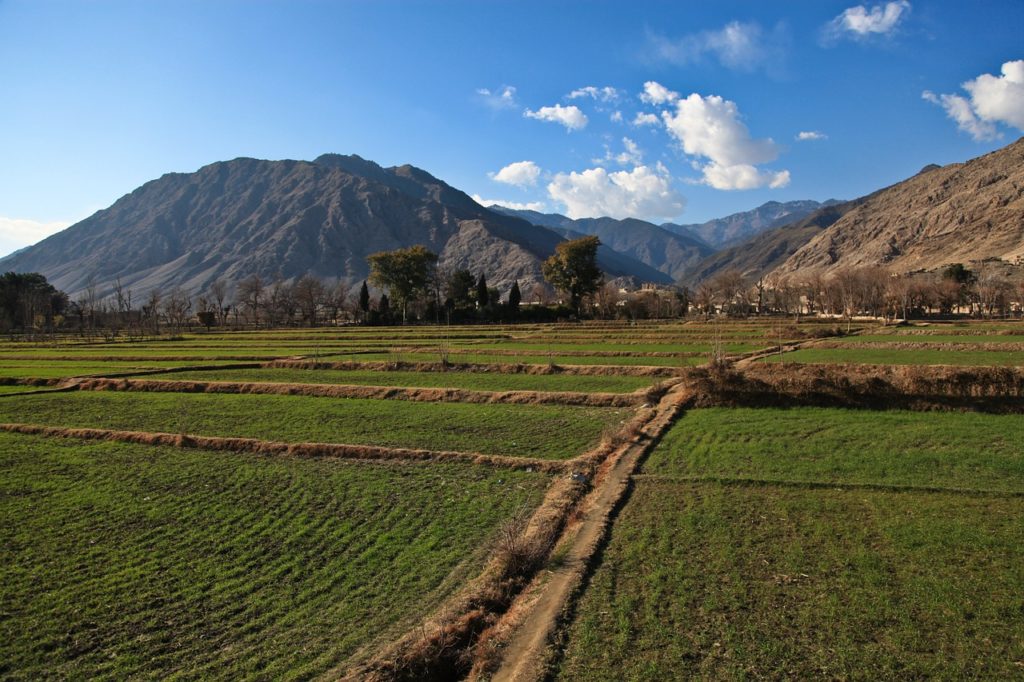As Afghanistan works to rebuild itself after many years of conflict, the country’s health care system remains an area of concern. Despite recent significant improvements, access to health care remains a challenge for many Afghans, particularly those living in remote or rural communities. In addition, the outdated infrastructure, lack of critical amenities and facilities, and inadequate opportunities for medical training that are standard in most parts of Afghanistan mean that it can be difficult for providers to deliver health care beyond the most basic services.
However, Afghanistan’s health care system is set to get a major boost over the next few years through the Sehatmandi Project, a large-scale program launched in the summer of 2018 that aims to improve access to and quality of health care services across the country. Here are four things you need to know about this important project.
It will cover the entire country.
Many of the development programs or initiatives that deal with health care in Afghanistan do so in very targeted areas, often concentrating either on Kabul or on rural areas in the north of the country. The Sehatmandi Project is exceptional in that its scope includes 31 of Afghanistan’s 34 provinces. This means that Afghans all around the country will be able to benefit from the cohesive and holistic improvements to Afghanistan’s health care system that the project aims to implement. In addition, some of the project’s key focus areas include offering underserved populations beneficial services such as nutrition management and family planning programs.

It is supported by a variety of national and international partners.
The Sehatmandi Project is a major, multi-year initiative with a budget to match: the total cost for the program’s three years of operation is estimated at US$600 million.
This cost will be covered by grants from three major funding entities:
The Afghanistan Reconstruction Trust Fund (ARTF)—Established in 2002, this multidonor trust fund is supported by 34 international donors under the overall management of the World Bank. It is one of the most important entities supporting Afghanistan’s ongoing rebuilding and development process.
The International Development Association (IDA)—Another arm of the World Bank, the IDA provides loans and grants to some of the world’s poorest countries, with the aim of boosting economic growth and lifting these nations out of poverty.
The Global Financing Facility (GFF)—This multi-stakeholder partnership helps governments of low- and lower-middle income countries to prioritize and finance their citizens’ health and nutrition.
In addition to these three major funders, the Sehatmandi Project involves many other administrative and operational partners, including Afghanistan’s Ministry of Public Health and Health Works, a global NGO based in the Netherlands.
It aims to build on the successes of a previous program.
The Sehatmandi Project is a follow-up to the System Enhancement for Health Action in Transition (SEHAT) program, another initiative operated by Afghanistan’s Ministry of Public Health and supported by IDA and ARTF.
Running from January 2014 to June 2018, SEHAT aimed to expand the scope, quality, and coverage of health care services provided to Afghans, especially vulnerable and underserved populations. A key goal of SEHAT was to allow health facilities across Afghanistan to deliver a basic package of health service (BPHS) and an essential package of hospital service (EPHS). The successes of the SEHAT program have laid an important foundation for the Sehatmandi Project, which can now pick up where the earlier program left off and take its accomplishments to the next level.
Some of the most important achievements of the SEHAT program include the following:
Better health services in Nangarhar province—SEHAT oversaw new health initiatives in each of Nangarhar province’s 22 districts. For example, with the support of the SEHAT program, personnel at the Kama District Hospital were able to upgrade their skills and provide better care to patients, and the hospital itself received a second ambulance and a power generator.
The Kabul Urban Health Project—The Rahman Mina Hospital, a Kabul hospital that serves hundreds of thousands of the city’s residents, benefited from extensive renovations and new equipment provided under SEHAT. In addition, the hospital was able to increase its supply of critical medicines, and hospital staff received training on a new health management information system, which improved the facility’s operational efficiency.
It now includes a pay-for-performance component.
In early 2019, Aga Khan Health Services (AKHS) took over the management of health care facilities in two Afghan provinces under the umbrella of the Sehatmandi Project. In this new role, AKHS will be responsible for two provincial hospitals, five district hospitals, 24 comprehensive health centers, 158 basic and primary health centers, and more than 1,000 village health posts in the provinces of Bamyan and Badakhshan.
Interestingly, AKHS plans to operate its portion of the health system using a pay-for-performance model, which will see health service providers compensated for meeting pre-established benchmarks, including numbers of antenatal and postnatal care visits, numbers of immunized infants, and quantity and quality of major surgeries.

